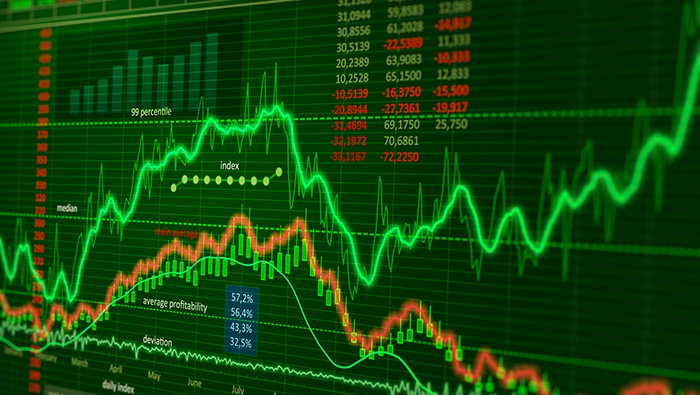Russell 2000 Extends Gains But Bullish Momentum Could Begin To Fade Soon

Last week, I wrote about how the Russell 2000 was approaching no man’s land near 2260, the midpoint of a trading range in which price has been trapped since February. In the days that followed, the index pierced and climbed above this area decisively, boosted by the Fed’s dovish bias at the Jackson Hole Symposium and some rotation into small-caps after their underperformance over the past several months.
After the bullish breakout, the Russell 2000 may have some gas in the tank left to rise further and retest its all-time high of 2367 in the coming days. Buying momentum, however, is likely to wane around this key technical resistance in the midst of mounting downside risks and some seasonal weakness.
One of the main threats to the domestically-oriented Russell 2000 is slowing economic growth caused by cooling household consumption in the wake of the delta-variant (e.g., the Federal Reserve Bank of Atlanta revised down its Q3 gross domestic product estimate to 3.7% from 5.3% yesterday in its GDPNow model). Although new coronavirus cases appear to have peaked, hospitalizations and deaths have not and will only start declining in late September according to most projections.
Given that hospitalizations and deaths have a more pronounced effect on consumer sentiment than new cases, confidence could continue to decline this month. Naturally, this could further weigh on consumption as people curtail leisure spending. Needless to say, this scenario poses a significant headwind to small-caps.
Last but not least, we also have a legislative risk for stocks: the prospects of higher taxes. When Congress comes back from summer recess in mid-September, Democrats will immediately begin intra-party negotiations to draft their "$3.5 trillion human infrastructure package". The bill, which could pass through reconciliation without a single Republican vote, will likely raise the corporate tax rate from 21% to 25% or, at worst, 28% to fund some of the social spending included in the legislation. As investors wake up to the possibility of damaging tax reform, market sentiment could shift to risk-off overnight and trigger a considerable pullback in Wall Street.
Focusing on technical levels, the first resistance to consider appears in the 2367 region (record high). Should price overcome this barrier, we could see a move towards 2500. On the other hand, if the Russell 2000 corrects lower, support comes in at 2260/2245, after which we have the 200-day moving average followed by channel's lower boundary near 2120.
RUSSELL 2000 TECHNICAL CHART

Disclaimer: See the full disclosure for DailyFX here.



